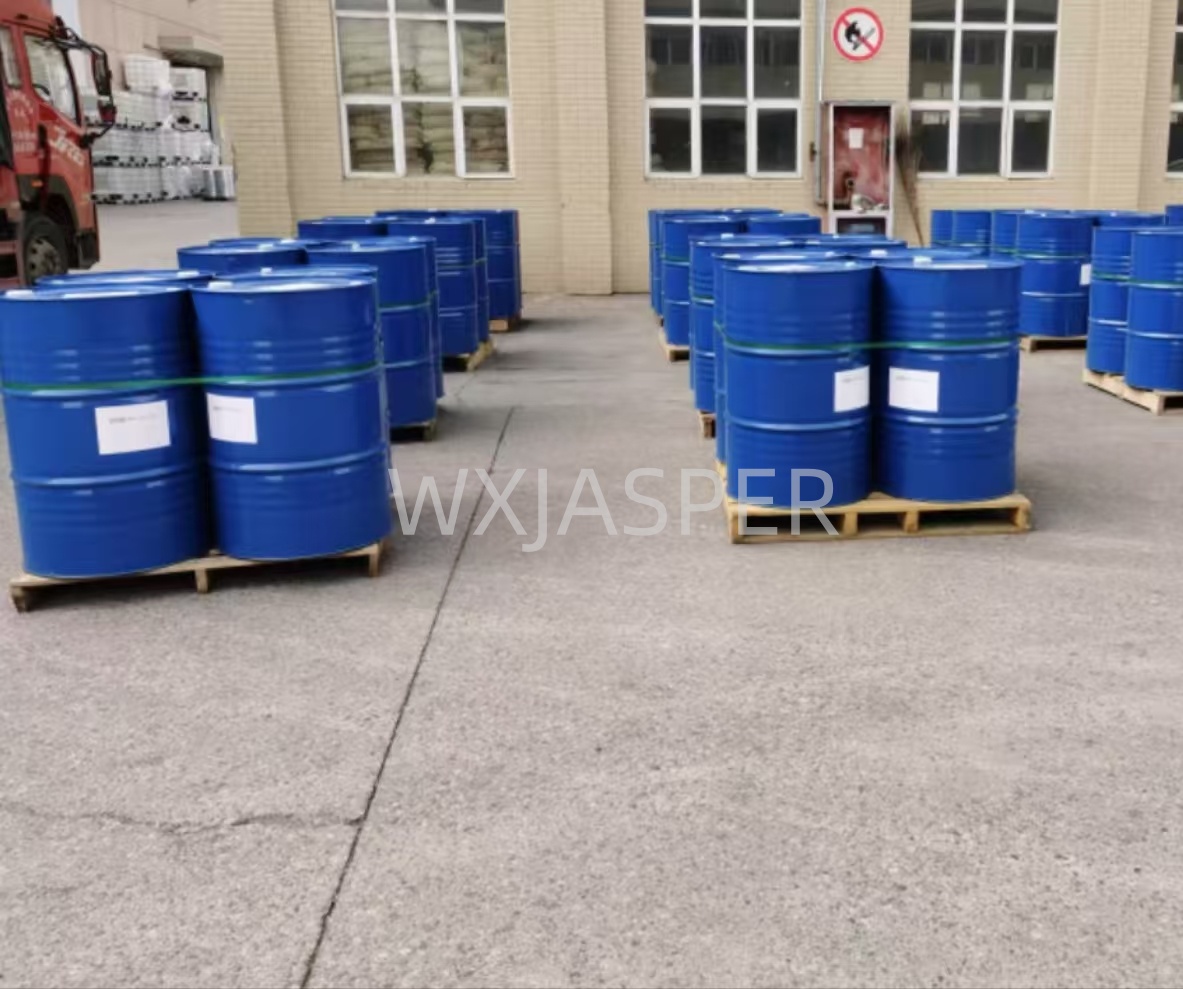Product Details
CasNo: 99734-09-5
MF: C30H24O.(C2H4O)n
Appearance: liquid
Delivery Time: 15 days
Packing: 200kg/drum
Purity: 99%
1. Basic Information and Core Positioning
- Product Name: SOPROPHOR TSP/724
- Product Category: High-efficiency emulsifier of the triphenylstyrylphenol alkoxylate class
- Core Positioning: A high-performance emulsifier specifically designed for microemulsions (MEs), based on a triphenylstyrylphenol alkoxylate structure. By optimizing molecular interfacial activity and steric hindrance effects, it achieves efficient emulsification at low dosages while offering excellent anti-flocculation capabilities. It solves issues like particle aggregation and delamination in stored MEs, and is compatible with ME formulations of various pesticide active ingredients (AIs) (e.g., insecticides, herbicides). It is particularly suitable for R&D and production of high-concentration, eco-friendly MEs.
2. Key Performance and Technical Features
- High Efficiency at Low Dosage: As an ME emulsifier, the recommended dosage is only 2%–6% of the total formulation mass—far lower than traditional emulsifiers (typically 8%–15%). It rapidly disperses AIs in aqueous systems to form uniform microemulsions with particle sizes ≤0.1μm, improving dispersion efficiency by over 30% compared to conventional products.
- Outstanding Anti-flocculation Properties: Multi-branched alkoxy groups in its molecular structure create a steric barrier, effectively preventing aggregation and flocculation of dispersed phase particles. After long-term storage (≥24 months) or high-low temperature cycles (-5℃ to 40℃), the ME remains homogeneous without delamination or precipitation, achieving a stability compliance rate of ≥99% (vs. ~92% industry average).
- Broad Compatibility: Highly compatible with most pesticide AIs (e.g., abamectin, beta-cypermethrin, glyphosate) and co-solvents (e.g., propylene glycol, glycol ethers). It adapts to high-concentration MEs with 20%–50% AI content and exhibits strong tolerance to hard water (calcium/magnesium ion concentration ≤500ppm), avoiding emulsification interference from water quality.
- Eco-friendliness and Synergistic Benefits: It has good biodegradability (compliant with OECD 301 standards) and is free of APEO (alkylphenol ethoxylates), helping MEs meet environmental regulations in the EU, U.S., and other regions. Additionally, it enhances AI adhesion and penetration on crop surfaces, indirectly improving efficacy utilization.
3. Main Application Fields
- Pesticide Microemulsion (ME) Processing: Primarily used in formulating various pesticide MEs, such as 10% abamectin ME, 25% beta-cypermethrin ME, and 41% glyphosate ME. As a primary or co-emulsifier, it ensures long-term ME stability while reducing dosage.
- Other Fine Emulsion Systems: In water-based coatings, industrial cleaning agents, etc., it can act as a dispersion stabilizer to improve system homogeneity and anti-settling performance.
4. Usage and Storage Specifications
- Recommended Dosage: Adjust according to AI concentration and formulation requirements, usually 2%–6% of the total formulation mass. For high-concentration or difficult-to-emulsify systems, it can be appropriately increased to 8%. Small-scale tests are recommended to determine the optimal ratio.
- Usage Method: It is recommended to pre-mix with AIs and solvents, then slowly add to the aqueous phase under stirring; or use the "aqueous phase dispersion method" by dissolving it directly in water before adding the oil phase. A stable microemulsion can be formed after moderate stirring (1000–1500 rpm) for 10–15 minutes.
- Packaging Specifications: Packaged in sealed containers, such as 25kg plastic buckets and 200kg galvanized iron buckets, meeting chemical product transportation standards.
- Storage Conditions: Store in a cool and dry place (5–35℃), avoiding direct sunlight, high temperatures, or freezing. The shelf life is typically 24 months in a sealed state.


